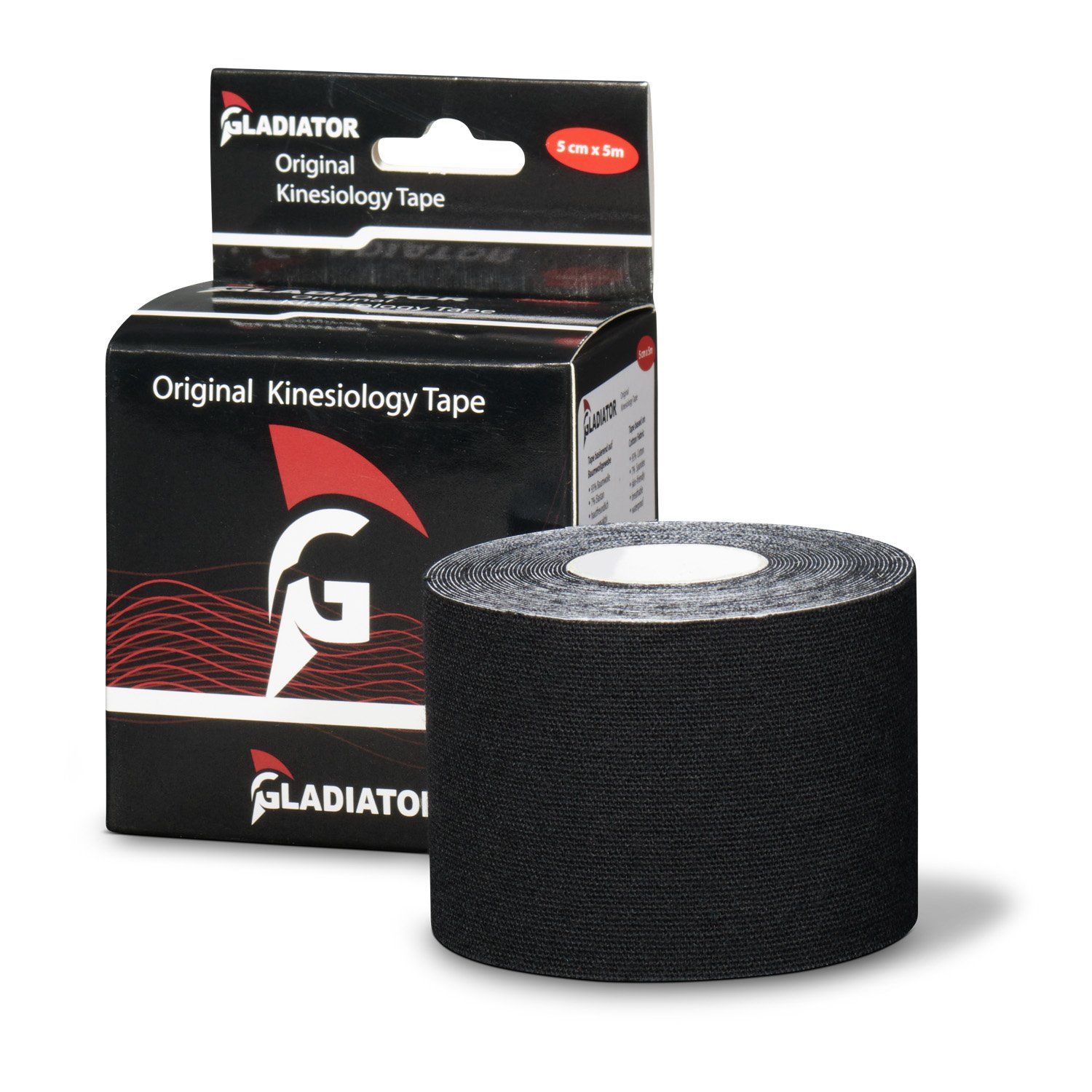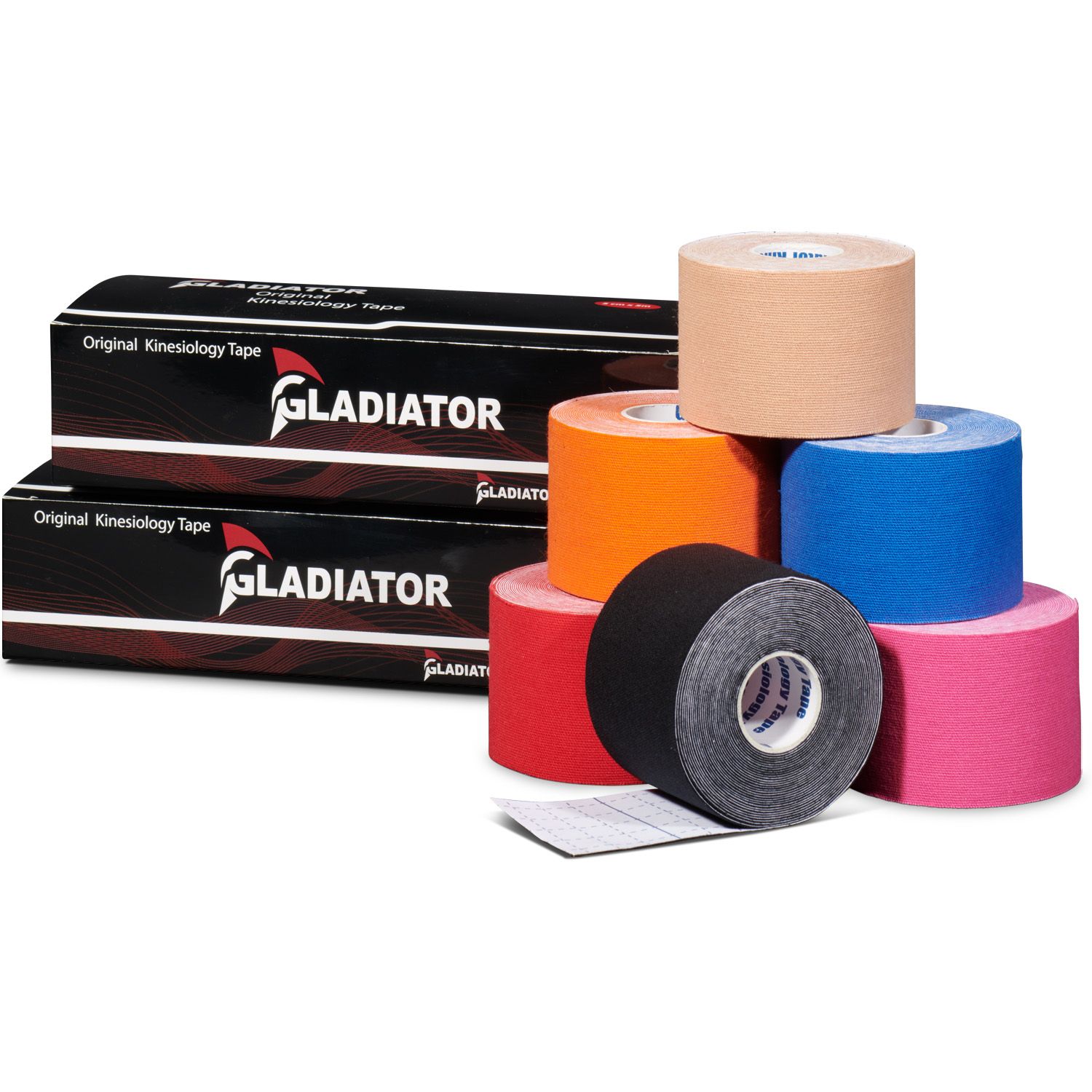How to tape the thigh? It is important to stretch the muscle slightly when applying the tape. Athletes who suffer from muscle pain, a muscle tear or tension in the thigh often ask this question. Taping can be a good solution to provide support and aid the recovery process. Whether you are a runner, hockey player or physiotherapist, good taping makes all the difference. Would you like to know more about taping your thigh? Read on and discover which technique best suits your situation.
The blog in brief:
- Taping the thigh helps to relieve tension in the muscles
- It is important to choose the right taping technique and tape for your complaint
- With good instructions, you can often easily do the taping yourself
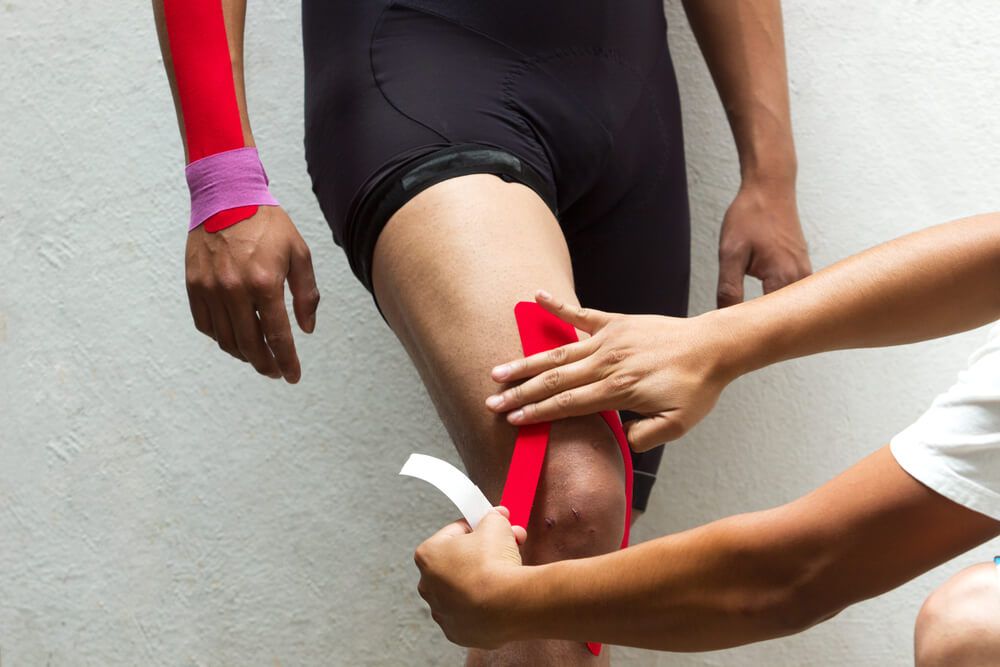
How should you tape your thigh?
Many people wonder how they can tape their thigh themselves. Fortunately, with the right explanation, it is quite doable, although it does take some practice. If in doubt, you can always ask a professional such as a physiotherapist for advice. Follow the step-by-step plan below to apply the tape correctly:
Step Instruction
- Start with clean, dry skin without lotion or oil
- Cut the tape to size and round off the corners to improve adhesion
- Apply the tape with a slight stretch over the affected area
- After application, rub the tape to activate the adhesive
What are the benefits of taping your thigh?
Taping the thigh can provide relief for various complaints, such as muscle tension or a slight muscle tear. The tape supports the muscles and promotes blood flow to the tissue. Other benefits of taping your thigh include:
- Tape helps to relax tense muscles in the thigh
- It promotes blood circulation and supports natural recovery
- It prevents minor muscle injuries from worsening by providing extra stability
- It can help correct your posture during sports movements
In what situations does taping the thigh help?
Not every complaint requires tape, but it is certainly effective for certain symptoms. For example, a muscle tear in the thigh or overexertion due to sport. Other situations where taping can help are:
- A slight muscle tear or strain in the thigh
- If you regularly experience muscle pain after exercise
- When your thigh is overloaded by repetitive movements
- For extra support during strength training or endurance sports
Please note that you should always move carefully and consult a doctor if you have serious complaints.
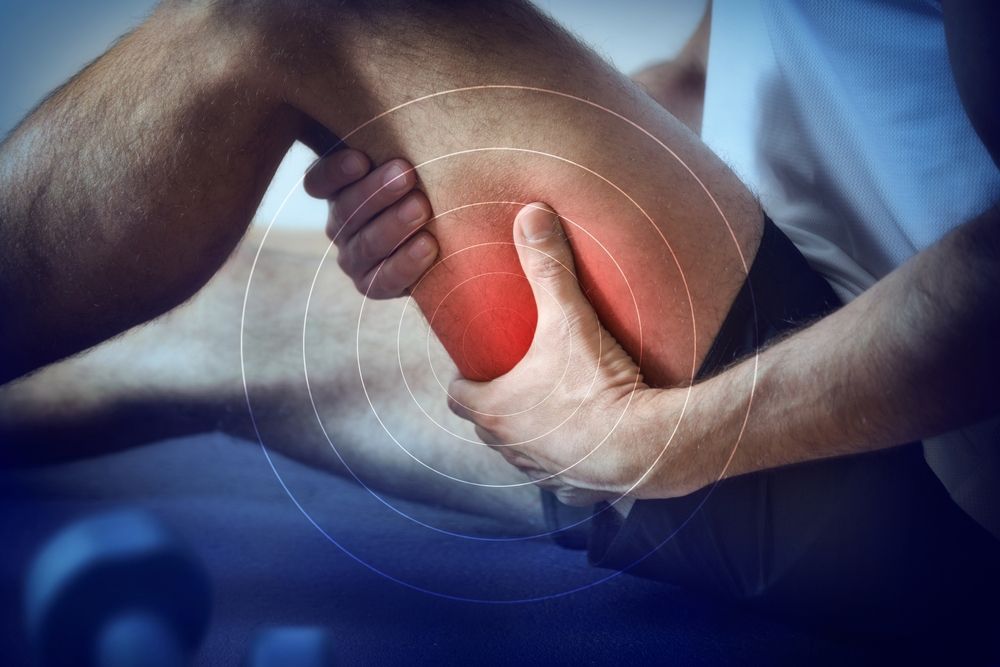
What should you avoid when using tape?
Tape is sometimes used incorrectly, which limits its effectiveness or can even aggravate symptoms. Examples include tape that is too tight or incorrectly positioned. Leaving it on for too long or reusing it are also common mistakes. To tape safely and effectively, it is important to avoid these mistakes:
- Never apply tape too tightly, as this can restrict blood flow.
- Do not use tape on irritated or damaged skin.
- Replace the tape after a maximum of 3 to 5 days, or sooner if irritation occurs.
- Be aware of allergies or skin reactions to the material.
How do you choose the right tape for your complaint?
There are many types of tape, but not every tape is suitable for every situation. Choose a tape that stays in place, even when sweating or exercising intensively. Kinesio tape, for example, is ideal for sports purposes, while medical tape is suitable for rehabilitation. If necessary, ask your physiotherapist or sports coach for advice.
Can I continue to exercise while taping?
Many athletes want to know if they can continue training while wearing tape. In many cases, this is possible, as long as you apply the tape correctly and the complaint does not worsen. The tape serves as support, not as a substitute for rest or treatment. If in doubt, it is wise to consult a specialist.
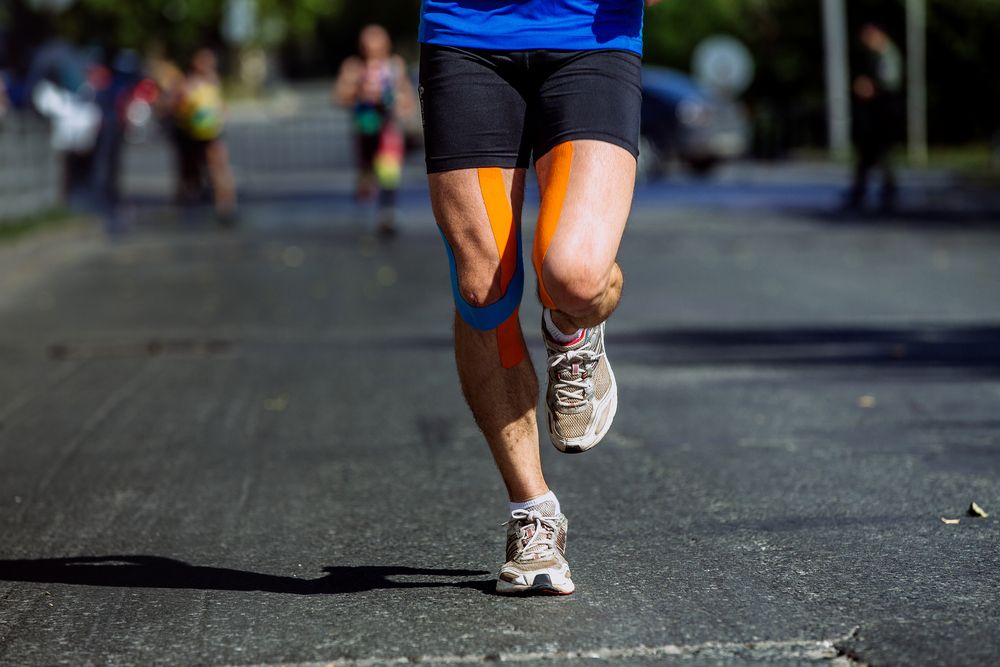
How to tape the thigh in case of a muscle tear?
Taping is a valuable addition to your recovery from a minor muscle tear in the thigh. By applying the correct tension and direction of the tape, you can relieve the tissue. This ensures that you experience less pain when moving. If in doubt, always consult a physiotherapist.
Which products can help?
At Podobrace, you will find various types of kinesiology tape and sports tape that have been specially developed for thigh complaints. These tapes are skin-friendly, durable and easy to apply yourself. They stay in place during sports activities and have been tested by professionals. With the right tape, you can move pain-free again more quickly.
Tape your thigh and reduce complaints
Taping your thigh can provide relief from muscle complaints, tears and strain. By using the right technique and products, you can provide safe and effective support. Always prepare the skin properly and apply the tape with care. At Podobrace, you will find various types of tape for your complaints. Do you have questions about choosing the right tape or are you unsure about how to apply it? Feel free to contact our team of specialists – they will be happy to help you with expert advice.





